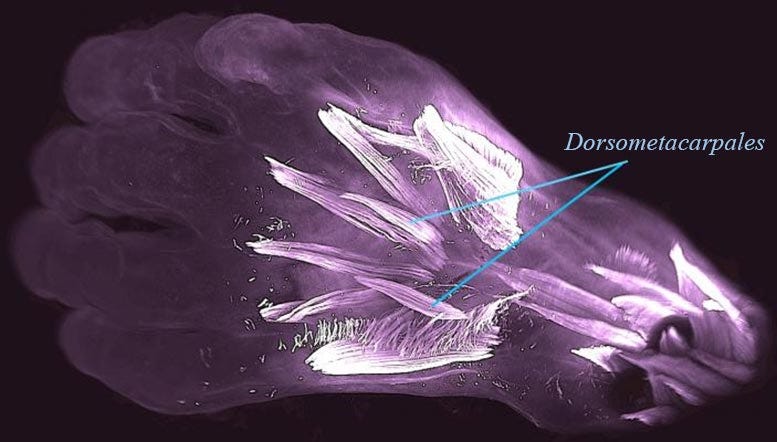12 Things Everyone Should Know About Evolution
The greatest idea anyone ever had

This is the latest post in my “12 Things Everyone Should Know” series. You can access the full collection here.
Evolutionary theory answers a question that’s haunted human minds for as long as we’ve had minds capable of asking it: Why are we here? How did we come to exist on this planet? The answer, according to Charles Darwin and his intellectual descendants, is that we’re here because we evolved.
The core claims of evolutionary theory are surprisingly simple. Species are not static; they change and evolve over time. Every species alive today descends from an earlier species, which in turn descended from a still earlier species, and so on and so on and so on, back to the origin of life on Earth. The engine of adaptive evolutionary change is natural selection: the gradual accumulation of random variants that, purely by chance, prove better at propagating themselves than rival variants.
Simple, right? But how solid is the evidence for evolution? How have humans shaped the evolutionary trajectory of other species? And the million-dollar question: Are humans still evolving?
These are some of the many topics we’ll explore as we look at 12 things everyone should know about evolution.
I. CULTURAL ISSUES
1. Belief in Evolution is Associated with Lower Prejudice
Creationist critics of evolutionary theory sometimes argue that Darwin’s idea fuels racism and prejudice of the kind that led to eugenics, Nazism, and the Holocaust. But the data disagree. A recent international study revealed that belief in evolution is linked to lower levels of racism and prejudice, rather than higher. In Israel, for instance, belief in evolution is associated with a stronger desire for peace among Jews, Palestinians, and Arabs, and in Muslim-majority countries, it’s associated with less prejudice against Christians and Jews. The table below shows comparable data from the US.

II. EVIDENCE FOR EVOLUTION
People sometimes dismiss evolution as “just a theory.” But we’ve now got enough evidence that species emerged through a process of descent with modification that it’s as close to a fact as anything else in science. Here are four examples.
2. Babies in the Womb Have “Lizard Hands”
One powerful line of evidence for evolution comes from what are called evolutionary vestiges: hangovers from earlier stages in our evolutionary history. An example is that, for a brief period in the womb, human babies have extra lizard-like muscles in their hands, as shown in the scan below. Why? Because 250 million years ago, our ancestors were reptile-like creatures that had those muscles throughout their lives. Somewhere along the line, we lost them - but not entirely. They’re now ghostly, short-lived reminders of our deep evolutionary roots.


